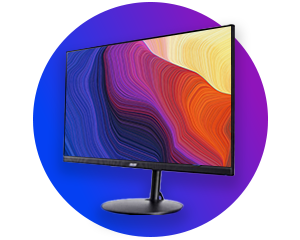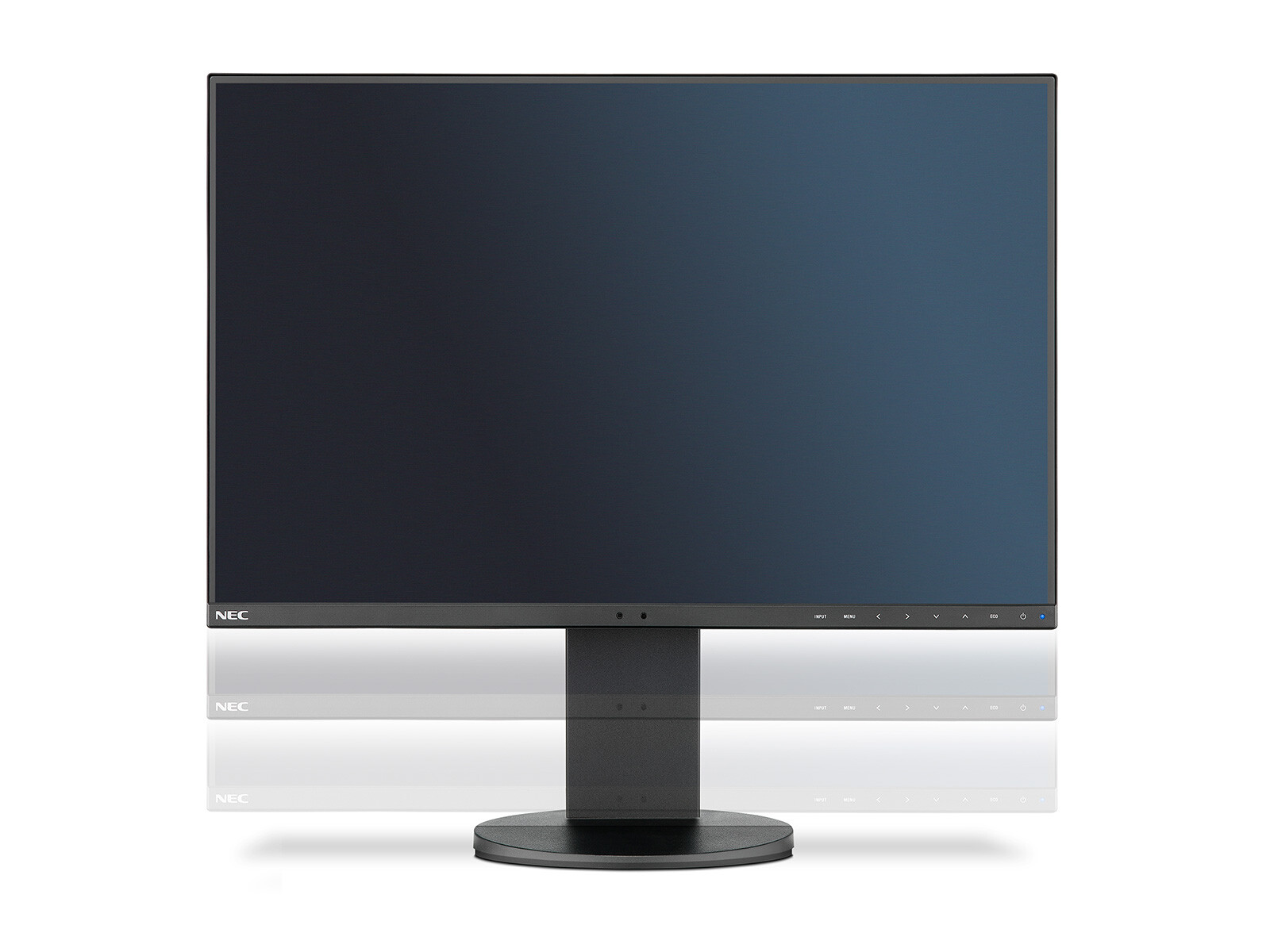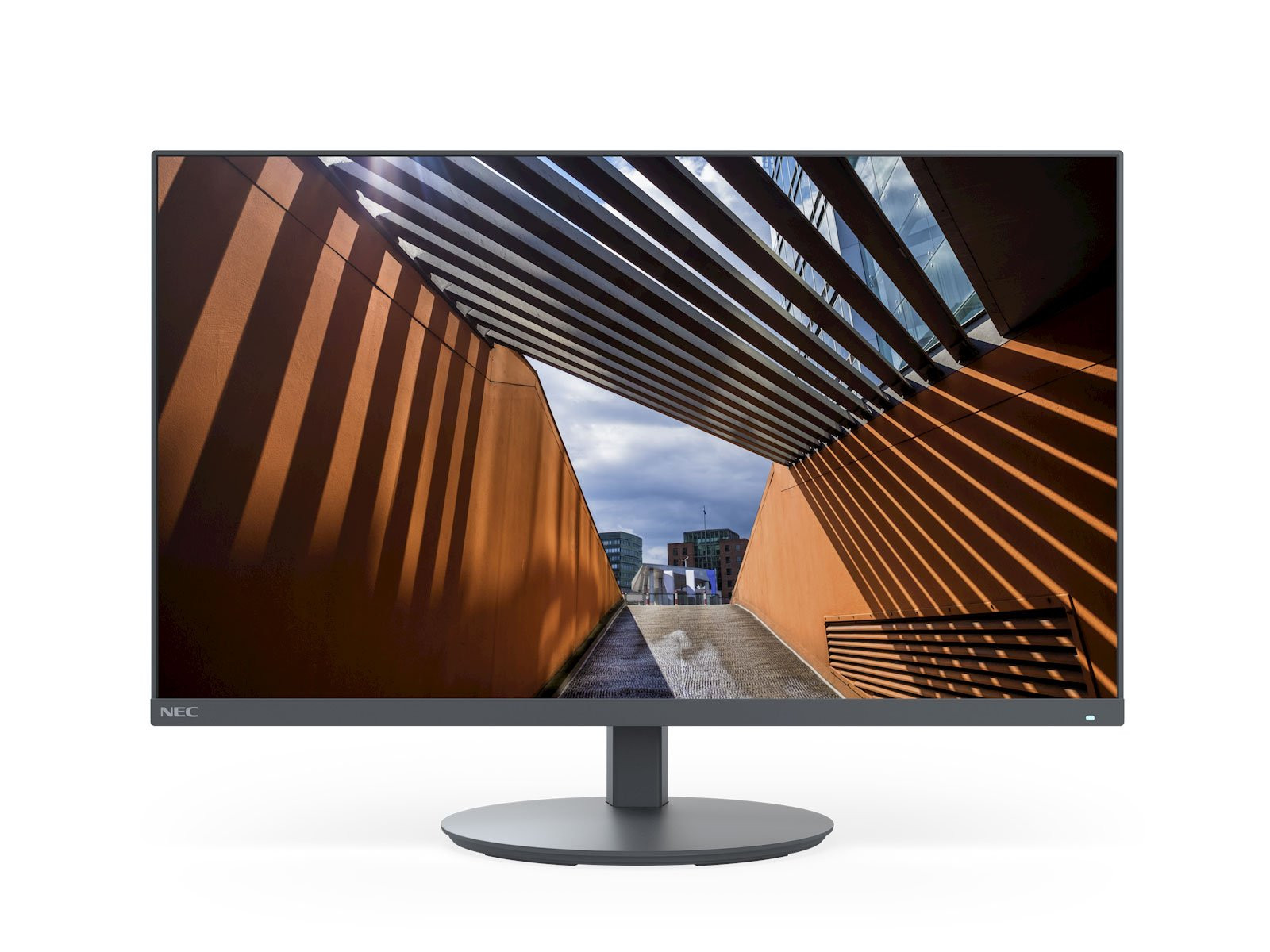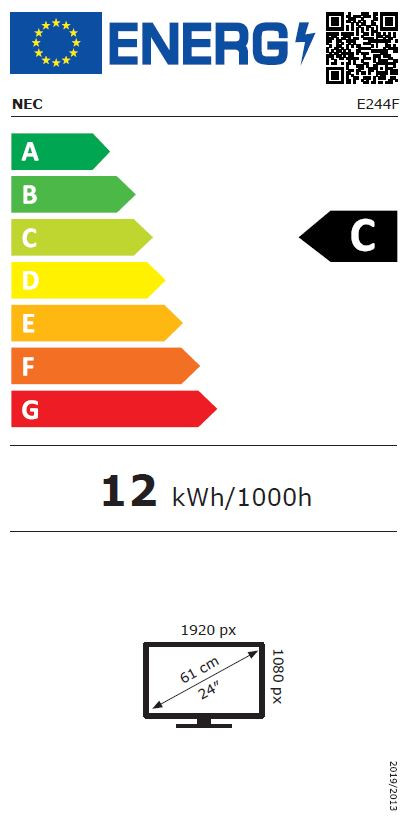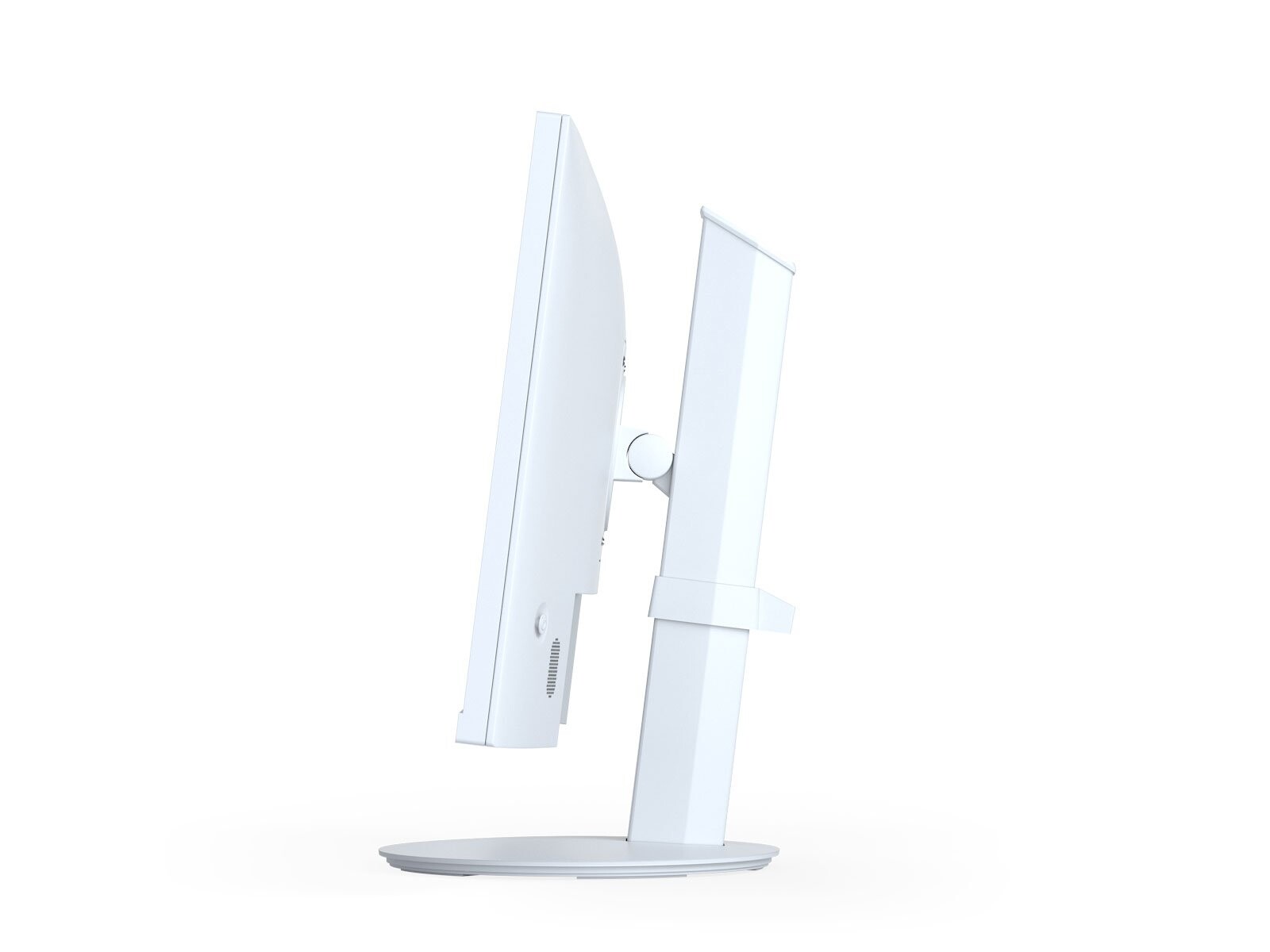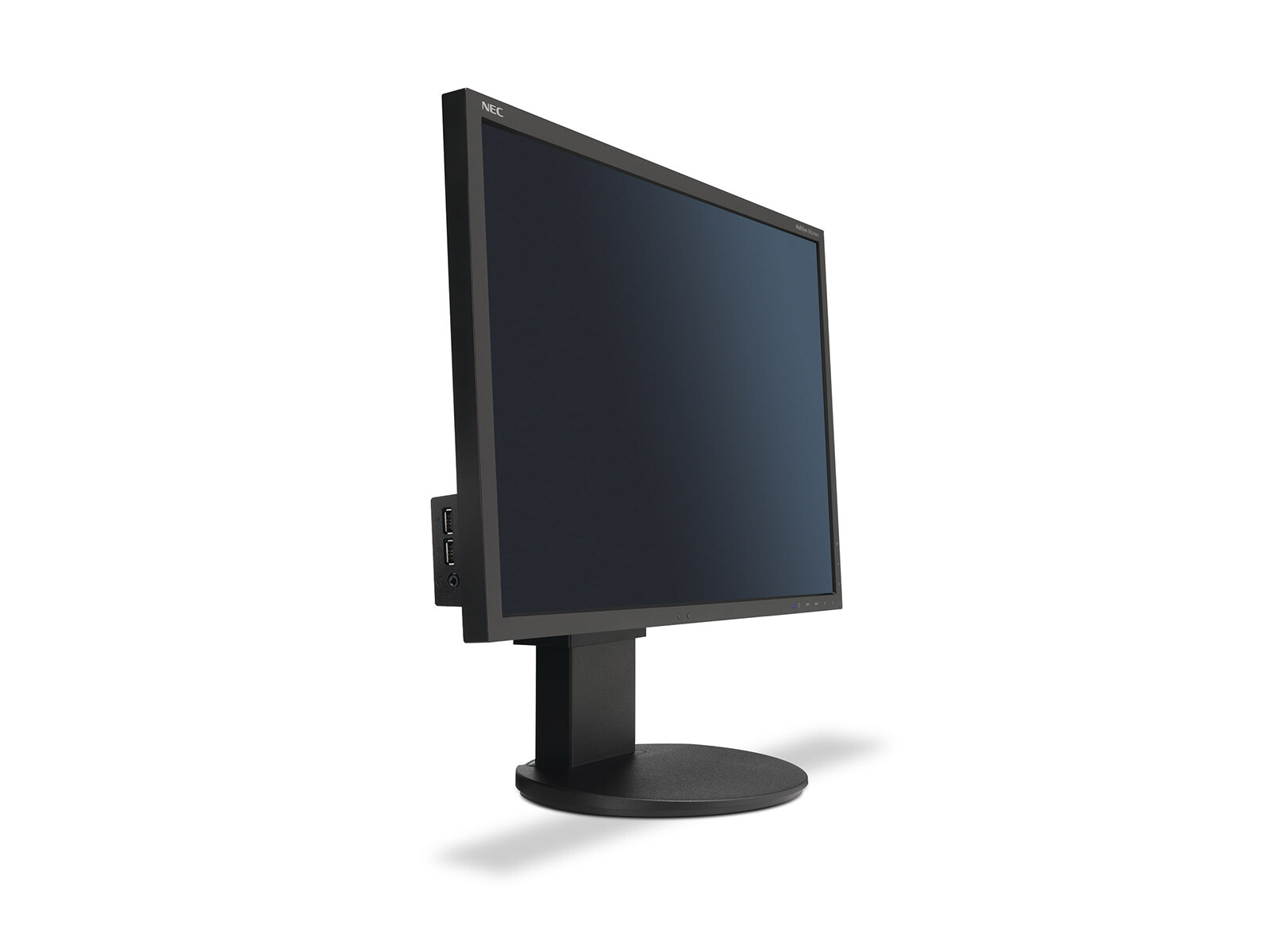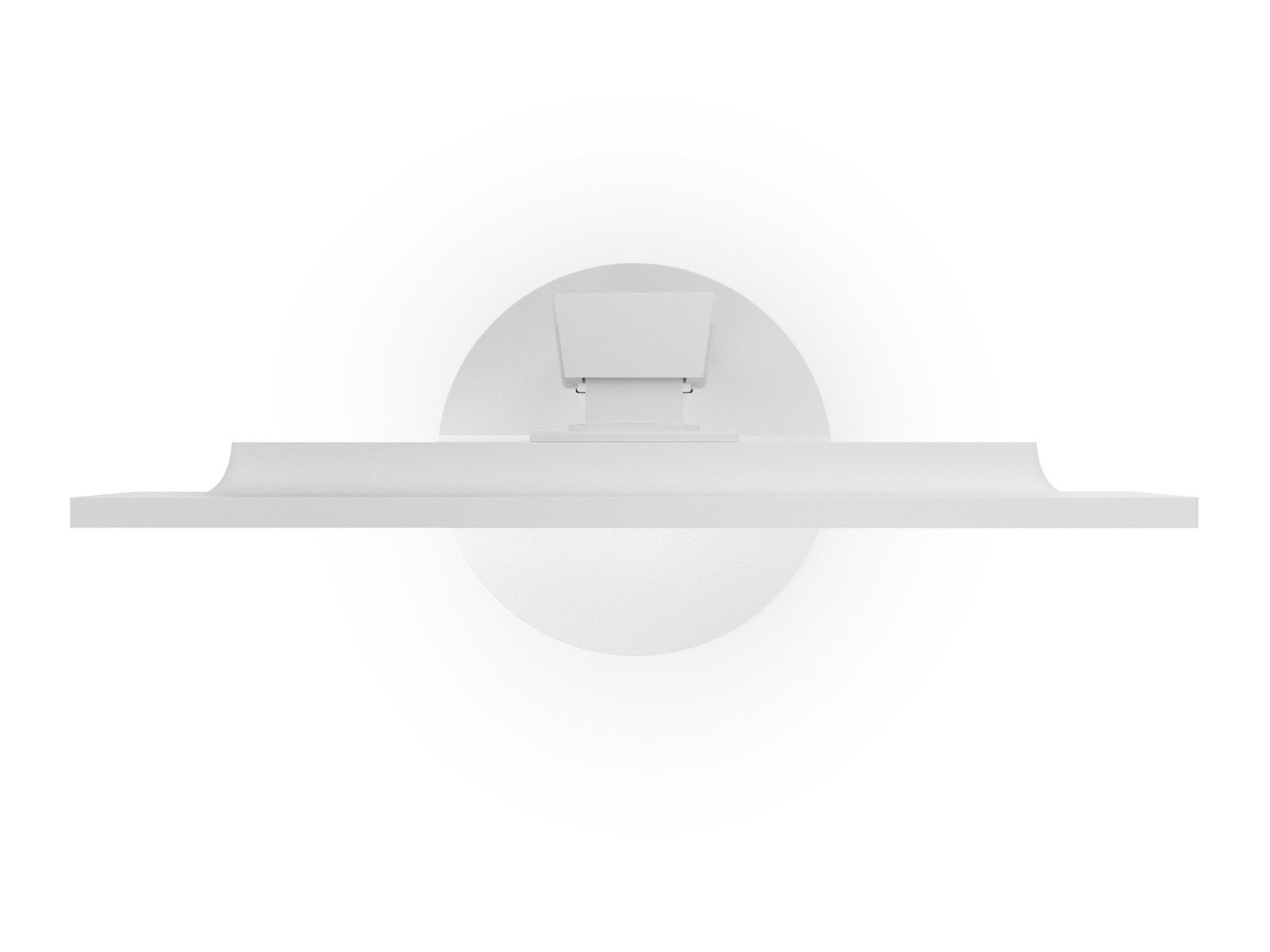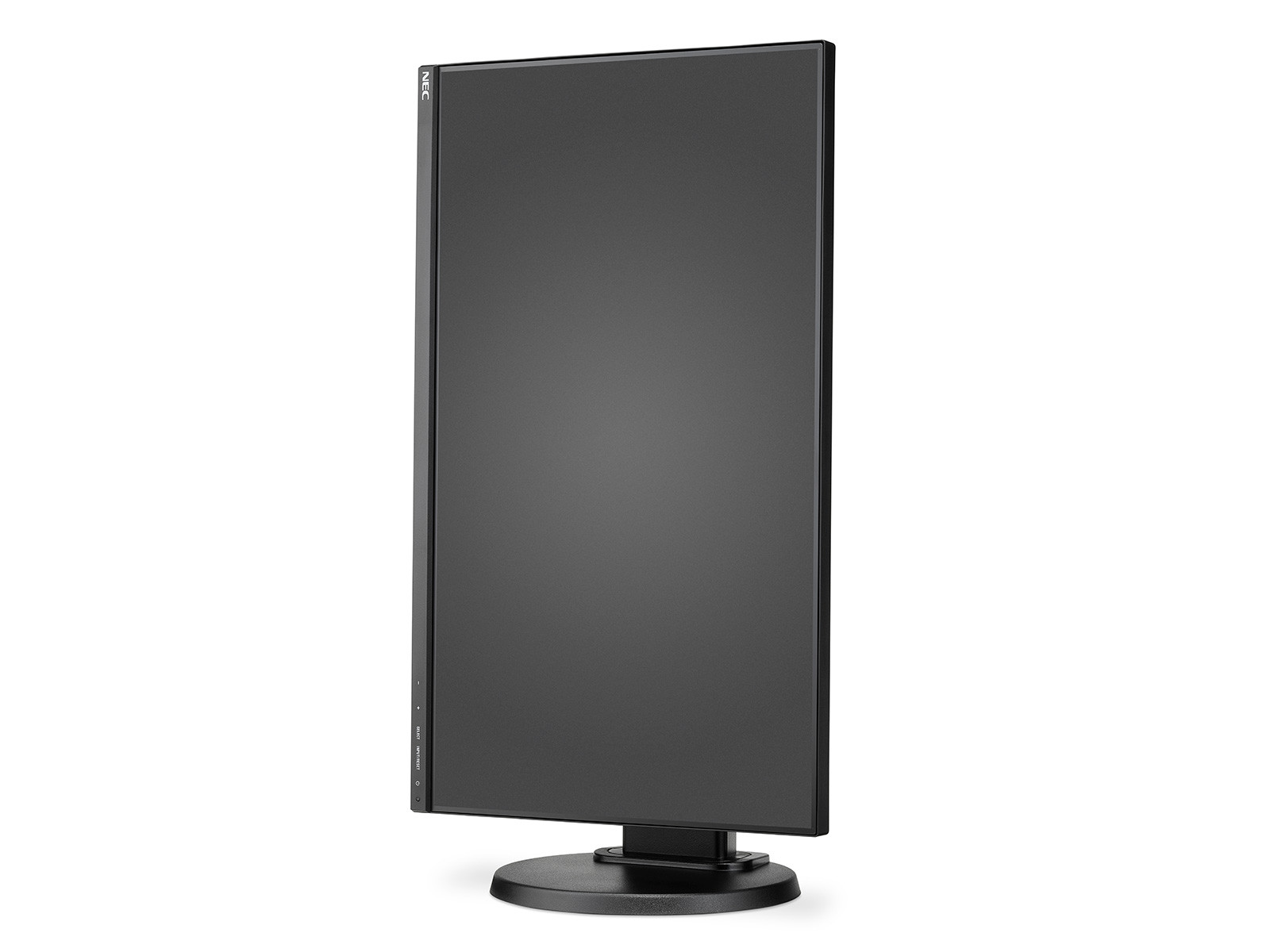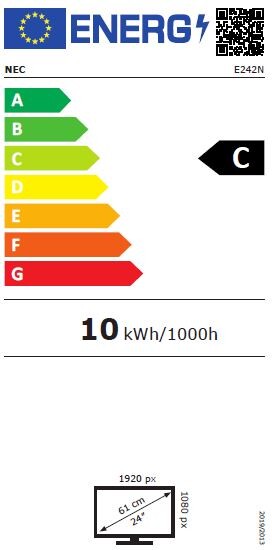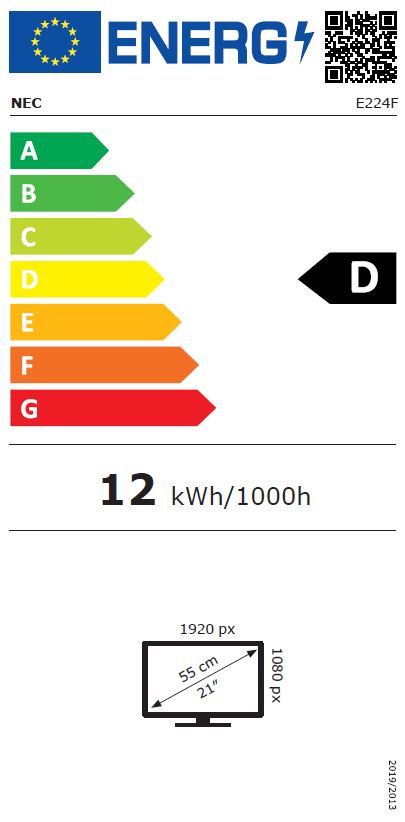NEC monitors
NEC is one of the most established technology companies in the field of display solutions. In addition to projectors and displays, monitors are part of the NEC portfolio. The NEC monitors are characterized by their solutions for special applications. You will find NEC Monitors specifically for the Hospital Sector (Medical), special graphic monitors for the Pre-Press area and of course 4K Monitors. Conventional office monitors can also be found within the NEC Monitor portfolio.
14 Products
Sort by:




